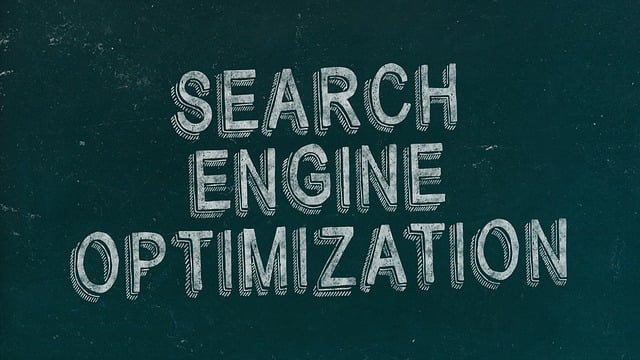Integrating AI into truck repair operations offers substantial benefits, including enhanced efficiency and profitability through data-driven insights. AI algorithms predict maintenance needs, optimize repairs, and reduce downtime, lowering labor costs. Successful implementation requires significant investment in training models with industry-specific data while prioritizing data privacy. Despite challenges, AI-based cost-saving strategies automate tasks like predictive maintenance and diagnostics, reducing labor costs, minimizing downtime, and optimizing inventory management. By leveraging AI models that analyze sensor data and forecast demand, shops can ensure essential parts are available for faster turnaround times, enhancing customer satisfaction and ultimately boosting profits.
In today’s digital era, AI integration is transforming traditional truck repair shops into efficient, profitable hubs. “Understanding AI Integration in Truck Repair” explores the benefits and challenges of adopting advanced technologies, while “Implementing AI-Based Cost-Saving Strategies” delves into actionable tactics to streamline operations and reduce expenses. Finally, “Enhancing Operational Efficiency with Advanced AI Applications” highlights innovative AI applications revolutionizing every aspect of truck repair, from diagnostics to scheduling. Discover how these strategies can boost your bottom line.
- Understanding AI Integration in Truck Repair: Benefits and Challenges
- Implementing AI-Based Cost-Saving Strategies
- Enhancing Operational Efficiency with Advanced AI Applications
Understanding AI Integration in Truck Repair: Benefits and Challenges

Integrating Artificial Intelligence (AI) into truck repair operations presents a double-edged sword—a powerful tool offering significant advantages but also coming with unique challenges. AI-based cost-saving strategies for truck repair shops can dramatically enhance efficiency and profitability. By analyzing vast amounts of data, AI algorithms can pinpoint problem areas within vehicles, predict maintenance needs, and optimize repair processes, leading to reduced downtime and lower labor costs.
However, implementing AI in this domain isn’t without hurdles. Accurate diagnosis and repair require specialized knowledge, demanding substantial investment in training models on industry-specific data. Additionally, ensuring data privacy and security is paramount when handling sensitive vehicle information. Despite these challenges, the potential for AI to revolutionize truck repair is undeniable, offering shops a competitive edge in an increasingly tech-driven transportation landscape.
Implementing AI-Based Cost-Saving Strategies

Implementing AI-Based Cost-Saving Strategies can be a game-changer for truck repair shops, offering efficient and effective solutions to streamline operations. By leveraging machine learning algorithms and natural language processing, these shops can automate tasks like predictive maintenance and diagnostics, reducing labor costs significantly. For instance, AI models can analyze sensor data from trucks to predict potential breakdowns, enabling mechanics to perform preventive repairs and minimizing unexpected downtime.
Furthermore, AI-driven inventory management systems can optimize stock levels, reducing excess inventory and associated storage expenses. These intelligent systems can forecast demand based on historical data and repair patterns, ensuring that essential parts are always in stock when needed. This proactive approach not only saves money but also enhances customer satisfaction by enabling faster turnaround times for truck repairs.
Enhancing Operational Efficiency with Advanced AI Applications

In today’s digital era, truck repair shops can significantly enhance operational efficiency by leveraging advanced AI applications. AI-based cost-saving strategies offer a multitude of benefits, from streamlining scheduling and inventory management to predictive maintenance. By implementing machine learning algorithms, these shops can optimize workforce allocation, minimize downtime, and reduce overall operational costs. For instance, AI can analyze historical data to predict when equipment or vehicles are most likely to require maintenance, enabling proactive rather than reactive repair, which in turn saves time and money.
Additionally, AI applications can enhance diagnostic accuracy and speed. Natural language processing (NLP) capabilities can interpret complex vehicle data, while computer vision algorithms can diagnose visual issues with greater precision. This not only expedites the repair process but also improves customer satisfaction by providing more accurate and timely estimates. Ultimately, these AI-driven efficiencies allow truck repair shops to boost profits while maintaining high service standards.
By embracing AI-based cost-saving strategies, truck repair shops can significantly enhance their profitability and operational efficiency. As discussed in this article, integrating AI technologies offers numerous benefits, from streamlining diagnostic processes to optimizing inventory management. While challenges exist, particularly regarding initial implementation costs and data privacy, the long-term advantages are compelling. By leveraging advanced AI applications, repair shops can reduce labor expenses, minimize waste, and improve overall shop productivity, ultimately gaining a competitive edge in the market.
